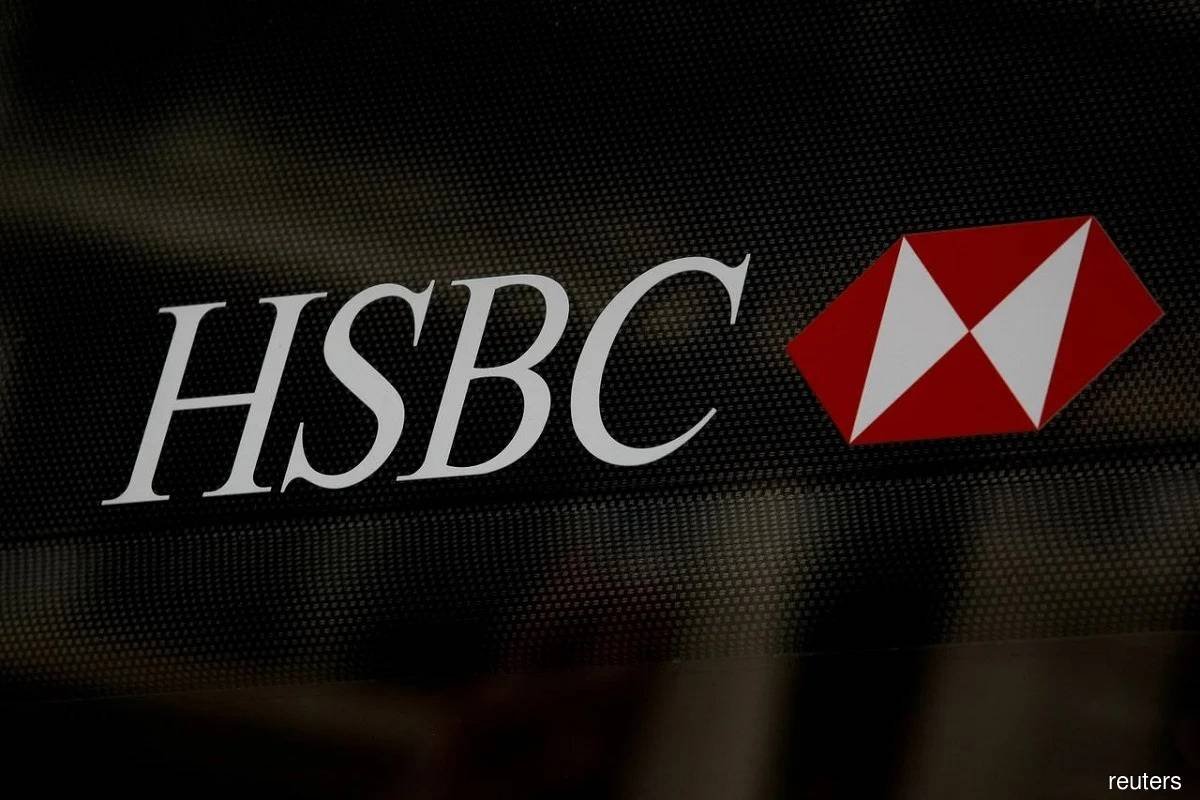
Thin currency trading in Asia due to a Japanese holiday resulted in most currency pairs remaining steady.
On Tuesday, stock markets showed little movement while the US dollar weakened significantly, as investors anticipated the potential repercussions of US President
Donald Trump‘s tariffs on corporate earnings and economic indicators. The dollar’s decline, with the
euro poised for its largest monthly gain in almost fifteen years and a substantial drop against the Swiss franc, reflects waning confidence in US assets amidst the escalating trade tensions, reported Reuters.
US President Donald
Trump‘s imposition of tariffs has shaken investor confidence in US assets. Despite a partial recovery in the S&P 500 following some conciliatory signals, the dollar has struggled to rebound significantly. Adding to the pressure,
US Treasury Secretary
Scott Bessent stated on
CNBC that it was
China‘s responsibility to “de-escalate” tariffs, which currently stand at 125 per cent for most US exports to China.
Thin currency trading in Asia due to a Japanese holiday resulted in most currency pairs remaining steady. However, the euro stood at $1.1409, marking a five per cent rise against the dollar in April and positioning it for its largest monthly increase in nearly fifteen years. Simultaneously, the dollar experienced a seven per cent drop against the safe-haven Swiss franc, its most substantial fall in a decade.
Futures for the Nikkei and S&P 500 edged higher, buoyed by hints of a potential easing in automotive tariffs. Nevertheless, investors remained cautious, awaiting more substantial relief from the significant 145 per cent US tariffs imposed on China.
China has implemented some exemptions to tariffs but has refrained from large-scale stimulus measures, seemingly anticipating that Washington will concede first. Adding a layer of complexity, China’s foreign ministry contradicted President Trump’s claims, stating that President
Xi Jinping had not recently spoken with Trump, nor were their administrations engaged in direct tariff negotiations.
In early trading, Hong Kong’s
Hang Seng index rose by 0.3 per cent, while the mainland blue chip index fell by 0.2 per cent.
Analysts at J.P. Morgan suggested that upcoming first-quarter GDP figures and April US jobs data, due later in the week, are likely to be artificially inflated by front-loaded purchases made to avoid the new tariffs. However, they cautioned that a decline in China’s shipments indicates a potential downturn is imminent.
“The clock is ticking on hard data resilience,” J.P. Morgan analysts wrote in a note, highlighting a forty-two per cent peak-to-trough slump in China’s shipments to the US in the preceding ten days. They warned that if this trend persists, it would have significant repercussions across global supply chains. They further noted, “A worrying decoupling of U.S.-China trade … now looks to be underway, and we expect the damage to build in coming weeks and months.”
Beyond the crucial US economic data, investors are also closely monitoring the outcome of Canada’s election, which is widely expected to result in the return of the Liberals to power. Inflation readings are also due in
Europe, with Spain and Belgium scheduled to release their figures later on Tuesday.
Separately, power began to be restored to parts of the Iberian peninsula late on Monday following a major outage that brought most of Spain and Portugal to a standstill.







